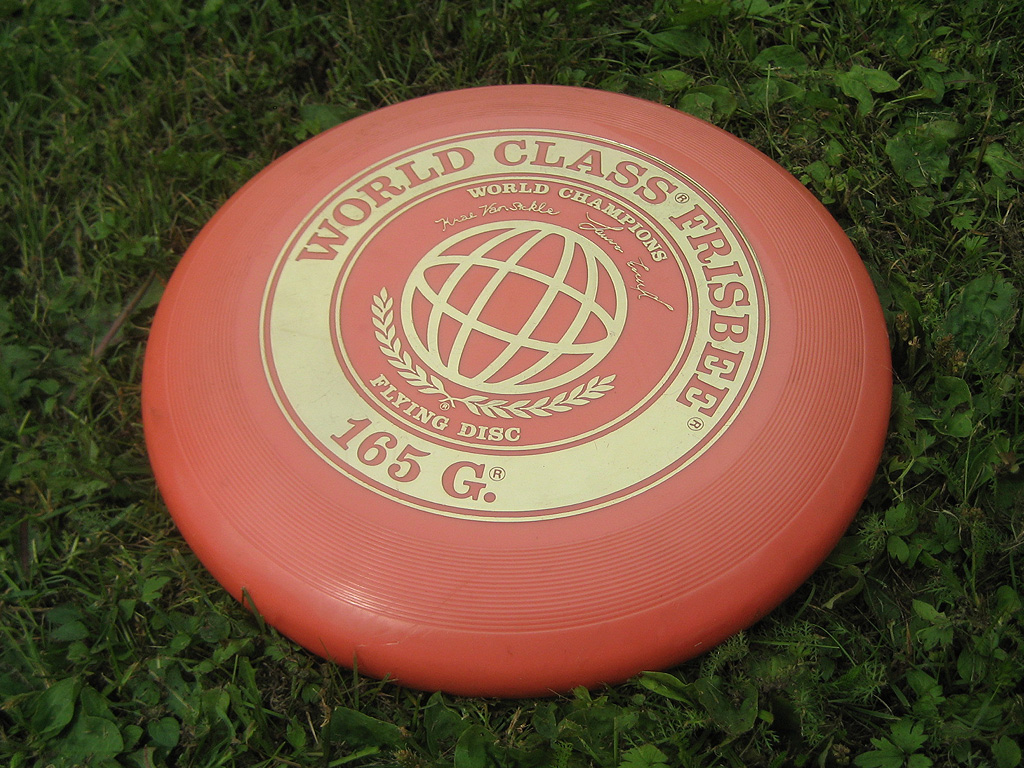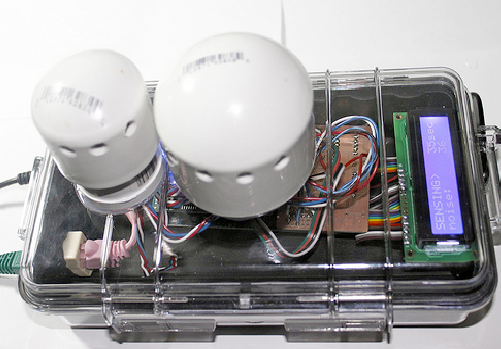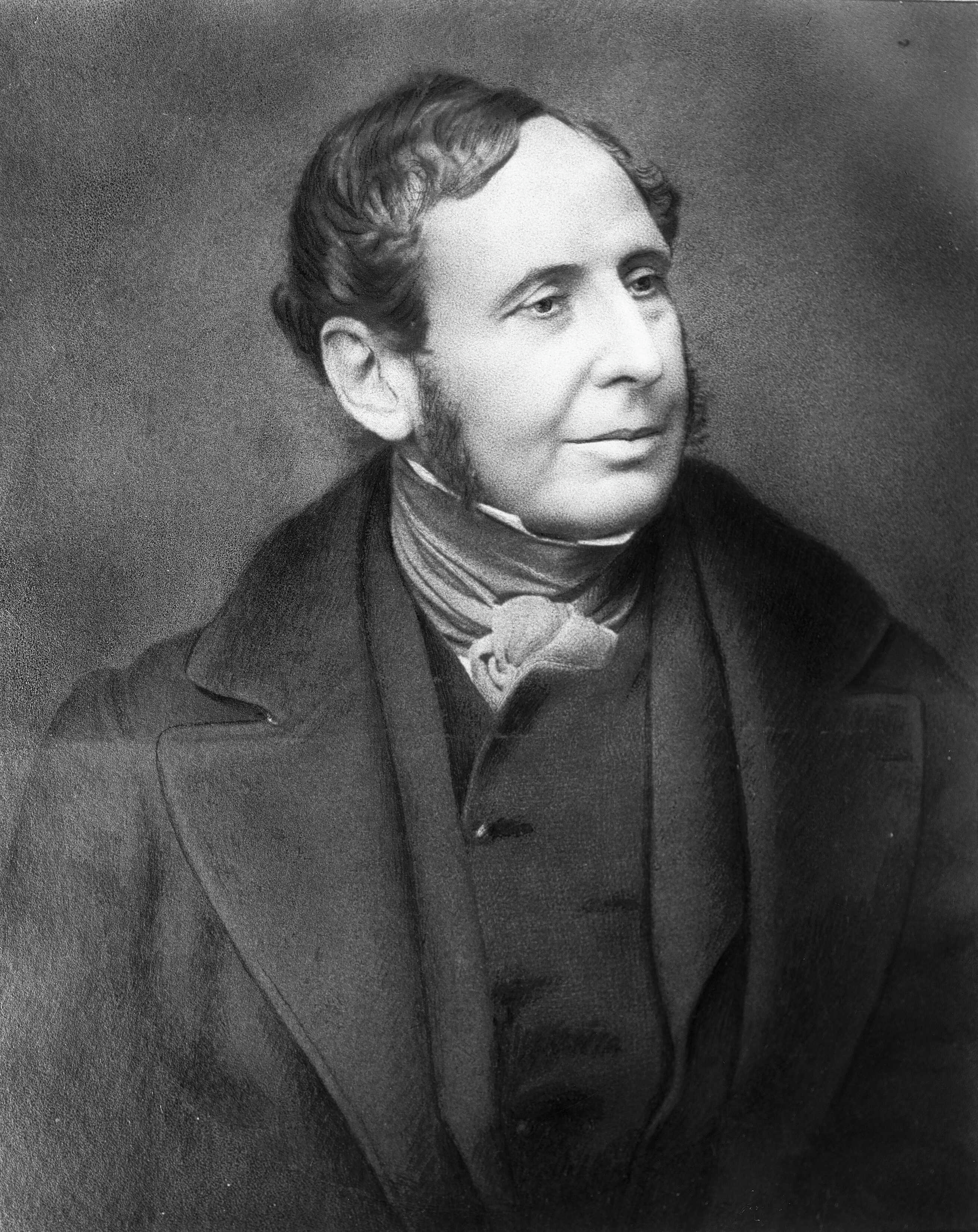|
Deposit Gauge
A deposit gauge is a large, funnel-like scientific instrument used for capturing and measuring atmospheric particulates, notably soot, carried in air pollution and "deposited" back down to ground. Design and construction Deposit gauges are similar to rain gauges. They have a large circular funnel on top, made of stone so it's not corroded by acid rain and mounted on a simple wooden or metal stand, which drains down into a collection bottle beneath. Typically the funnel has a wire-mesh screen around its perimeter to deter perching birds. Most are made to a standardized design, known as a standard deposit gauge, introduced in 1916 and formalized in a British Standard in 1951, which means the pollution collected in different places can be systematically studied and compared. The bottle is removed after a month and the contents taken away for analysis of water (such as rain, fog, and snow), insoluble matter (such as soot), and soluble matter. Early history The first gauges of ... [...More Info...] [...Related Items...] OR: [Wikipedia] [Google] [Baidu] |
Standard Deposit Gauge
Standard may refer to: Symbols * Colours, standards and guidons, kinds of military signs * Heraldic flag, Standard (emblem), a type of a large symbol or emblem used for identification Norms, conventions or requirements * Standard (metrology), an object that bears a defined relationship to a unit of measure used for calibration of measuring devices * Standard (timber unit), an obsolete measure of timber used in trade * Breed standard (also called bench standard), in animal fancy and animal husbandry * BioCompute Object, BioCompute Standard, a standard for next generation sequencing * De facto standard, ''De facto'' standard, product or system with market dominance * Gold standard, a monetary system based on gold; also used metaphorically for the best of several options, against which the others are measured * Internet Standard, a specification ratified as an open standard by the Internet Engineering Task Force * Learning standards, standards applied to education content * Stand ... [...More Info...] [...Related Items...] OR: [Wikipedia] [Google] [Baidu] |
The Lancet
''The Lancet'' is a weekly peer-reviewed general medical journal and one of the oldest of its kind. It is also the world's highest-impact academic journal. It was founded in England in 1823. The journal publishes original research articles, review articles ("seminars" and "reviews"), editorials, book reviews, correspondence, as well as news features and case reports. ''The Lancet'' has been owned by Elsevier since 1991, and its editor-in-chief since 1995 has been Richard Horton. The journal has editorial offices in London, New York City, and Beijing. History ''The Lancet'' was founded in 1823 by Thomas Wakley, an English surgeon who named it after the surgical instrument called a lancet (scalpel). Members of the Wakley family retained editorship of the journal until 1908. In 1921, ''The Lancet'' was acquired by Hodder & Stoughton. Elsevier acquired ''The Lancet'' from Hodder & Stoughton in 1991. Impact According to the ''Journal Citation Reports'', the journal has a 202 ... [...More Info...] [...Related Items...] OR: [Wikipedia] [Google] [Baidu] |
Atmospheric Chemistry
Atmospheric chemistry is a branch of atmospheric science in which the chemistry of the Earth's atmosphere and that of other planets is studied. It is a multidisciplinary approach of research and draws on environmental chemistry, physics, meteorology, computer modeling, oceanography, geology and volcanology and other disciplines. Research is increasingly connected with other areas of study such as climatology. The composition and chemistry of the Earth's atmosphere is of importance for several reasons, but primarily because of the interactions between the atmosphere and living organisms. The composition of the Earth's atmosphere changes as result of natural processes such as volcano emissions, lightning and bombardment by solar particles from corona. It has also been changed by human activity and some of these changes are harmful to human health, crops and ecosystems. Examples of problems which have been addressed by atmospheric chemistry include acid rain, ozone depletion, photo ... [...More Info...] [...Related Items...] OR: [Wikipedia] [Google] [Baidu] |
Air Pollution
Air pollution is the contamination of air due to the presence of substances in the atmosphere that are harmful to the health of humans and other living beings, or cause damage to the climate or to materials. There are many different types of air pollutants, such as gases (including ammonia, carbon monoxide, sulfur dioxide, nitrous oxides, methane, carbon dioxide and chlorofluorocarbons), particulates (both organic and inorganic), and biological molecules. Air pollution can cause diseases, allergies, and even death to humans; it can also cause harm to other living organisms such as animals and food crops, and may damage the natural environment (for example, climate change, ozone depletion or habitat degradation) or built environment (for example, acid rain). Air pollution can be caused by both human activities and natural phenomena. Air pollution is a significant risk factor for a number of pollution-related diseases, including respiratory infections, heart disease, COPD ... [...More Info...] [...Related Items...] OR: [Wikipedia] [Google] [Baidu] |
Air Pollution Measurement
Air pollution measurement is the process of collecting and measuring the components of air pollution, notably gases and particulates. The earliest devices used to measure pollution include rain gauges (in studies of acid rain), Ringelmann scale, Ringelmann charts for measuring smoke, and simple soot and dust collectors known as deposit gauges. Modern air pollution measurement is largely automated and carried out using many different devices and techniques. These range from simple absorbent test tubes known as diffusion tubes through to highly sophisticated chemistry, chemical and physics, physical sensors that give almost real-time pollution measurements, which are used to generate air quality indexes. Importance of measurement Air pollution is caused by many things. In urban environments, it can contain many components, notably solid and liquid particulates (such as soot from engines and fly ash escaping from incinerators), and numerous different gases (most commonly Sulfur diox ... [...More Info...] [...Related Items...] OR: [Wikipedia] [Google] [Baidu] |
Rain Gauge
A rain gauge (also known as udometer, pluvia metior, pluviometer, ombrometer, and hyetometer) is an instrument used by meteorologists and hydrologists to gather and measure the amount of liquid precipitation over a predefined area, over a period of time. It is used for determining the depth of precipitation (usually in mm) that occurs over a unit area and thus measuring rainfall amount. History The first known rainfall records were kept by the Ancient Greeks, at around 500 BCE. People living in India began to record rainfall in 400 BCE Ian Strangeways, A History of rain gauges, TerraData, 2010 The readings were correlated against expected growth. In the Arthashastra, used for example in Magadha, precise standards were set as to grain production. Each of the state storehouses were equipped with a rain gauge to classify land for taxation purposes. In 1247, the Song Chinese mathematician and inventor Qin Jiushao invented Tianchi basin rain and snow gauges to reference rain, snowfa ... [...More Info...] [...Related Items...] OR: [Wikipedia] [Google] [Baidu] |
Frisbee
A frisbee (pronounced ), also called a flying disc or simply a disc, is a gliding toy or sporting item that is generally made of injection-molded plastic and roughly in diameter with a pronounced lip. It is used recreationally and competitively for throwing and catching, as in flying disc games. The shape of the disc is an airfoil in cross-section which allows it to fly by reducing the drag and increasing lift as it moves through the air, compared to a flat plate. Spinning the disc imparts a stabilizing gyroscopic force, allowing it to be both aimed with accuracy and thrown for distance. A wide range is available of flying disc variants. Those for disc golf are usually smaller but denser and tailored for particular flight profiles to increase or decrease stability and distance. The longest recorded disc throw is by David Wiggins Jr. with a distance of . Disc dog sports use relatively slow-flying discs made of more pliable material to better resist a dog's bite and prevent in ... [...More Info...] [...Related Items...] OR: [Wikipedia] [Google] [Baidu] |
Air Pollution Sensor
Air pollution measurement is the process of collecting and measuring the components of air pollution, notably gases and particulates. The earliest devices used to measure pollution include rain gauges (in studies of acid rain), Ringelmann charts for measuring smoke, and simple soot and dust collectors known as deposit gauges. Modern air pollution measurement is largely automated and carried out using many different devices and techniques. These range from simple absorbent test tubes known as diffusion tubes through to highly sophisticated chemical and physical sensors that give almost real-time pollution measurements, which are used to generate air quality indexes. Importance of measurement Air pollution is caused by many things. In urban environments, it can contain many components, notably solid and liquid particulates (such as soot from engines and fly ash escaping from incinerators), and numerous different gases (most commonly sulphur dioxide, nitrogen oxides, and carbon ... [...More Info...] [...Related Items...] OR: [Wikipedia] [Google] [Baidu] |
Aberystywth University
, mottoeng = A world without knowledge is no world at all , established = 1872 (as ''The University College of Wales'') , former_names = University of Wales, Aberystwyth , type = Public , endowment = £30.9 million (2021) , budget = £116.8 million (2020-21) , administrative_staff = , vice_chancellor = Elizabeth Treasure , chancellor = John, Lord Thomas of Cwmgiedd , students = () , undergrad = () , postgrad = () , city = Aberystwyth , state = , country = Wales , campus_type = Campus , campus_size = , colours = , affiliations = , website = , logo = Aberystwyth University logo.svg Aberystwyth University ( cy, Prifysgol Aberystwyth) is a public research university in Aberystwyth, Wales. Aberystwyth was a founding member institution of the former federal University of Wales. The univers ... [...More Info...] [...Related Items...] OR: [Wikipedia] [Google] [Baidu] |
Great London Smog
The Great Smog of London, or Great Smog of 1952, was a severe air pollution event that affected London, England, in December 1952. A period of unusually cold weather, combined with an anticyclone and windless conditions, collected airborne pollutants—mostly arising from the use of coal—to form a thick layer of smog over the city. It lasted from Friday 5 December to Tuesday 9 December 1952, then dispersed quickly when the weather changed. The smog caused major disruption by reducing visibility and even penetrating indoor areas, far more severely than previous smog events, called " pea-soupers". Government medical reports in the weeks following the event estimated that up to 4,000 people had died as a direct result of the smog and 100,000 more were made ill by the smog's effects on the human respiratory tract. More recent research suggests that the total number of fatalities may have been considerably greater, with estimates of between 10,000 and 12,000 deaths. London had suf ... [...More Info...] [...Related Items...] OR: [Wikipedia] [Google] [Baidu] |
Met Office
The Meteorological Office, abbreviated as the Met Office, is the United Kingdom's national weather service. It is an executive agency and trading fund of the Department for Business, Energy and Industrial Strategy and is led by CEO Penelope Endersby, who took on the role as Chief Executive in December 2018 and is the first woman to do so. The Met Office makes meteorological predictions across all timescales from weather forecasts to climate change. History The Met Office was established on 1 August 1854 as a small department within the Board of Trade under Vice Admiral (Royal Navy), Vice Admiral Robert FitzRoy as a service to sailor, mariners. The loss of the passenger vessel, the Royal Charter (ship), ''Royal Charter'', and 459 lives off the coast of Anglesey in a violent storm in October 1859 led to the first gale warning service. FitzRoy established a network of 15 coastal stations from which visual gale warnings could be provided for ships at sea. The new electric tele ... [...More Info...] [...Related Items...] OR: [Wikipedia] [Google] [Baidu] |
Scientific Instrument
A scientific instrument is a device or tool used for scientific purposes, including the study of both natural phenomena and theoretical research. History Historically, the definition of a scientific instrument has varied, based on usage, laws, and historical time period. Before the mid-nineteentcenturysuch tools were referred to as "natural philosophical" or "philosophical" apparatus and instruments, and older tools from antiquity to the Middle Ages (such as the astrolabe and pendulum clock) defy a more modern definition of "a tool developed to investigate nature qualitatively or quantitatively." Scientific instruments were made by instrument makers living near a center of learning or research, such as a university or research laboratory. Instrument makers designed, constructed, and refined instruments for purposes, but if demand was sufficient, an instrument would go into production as a commercial product. In a description of the use of the eudiometer by Jan Ingenhousz to show ... [...More Info...] [...Related Items...] OR: [Wikipedia] [Google] [Baidu] |





